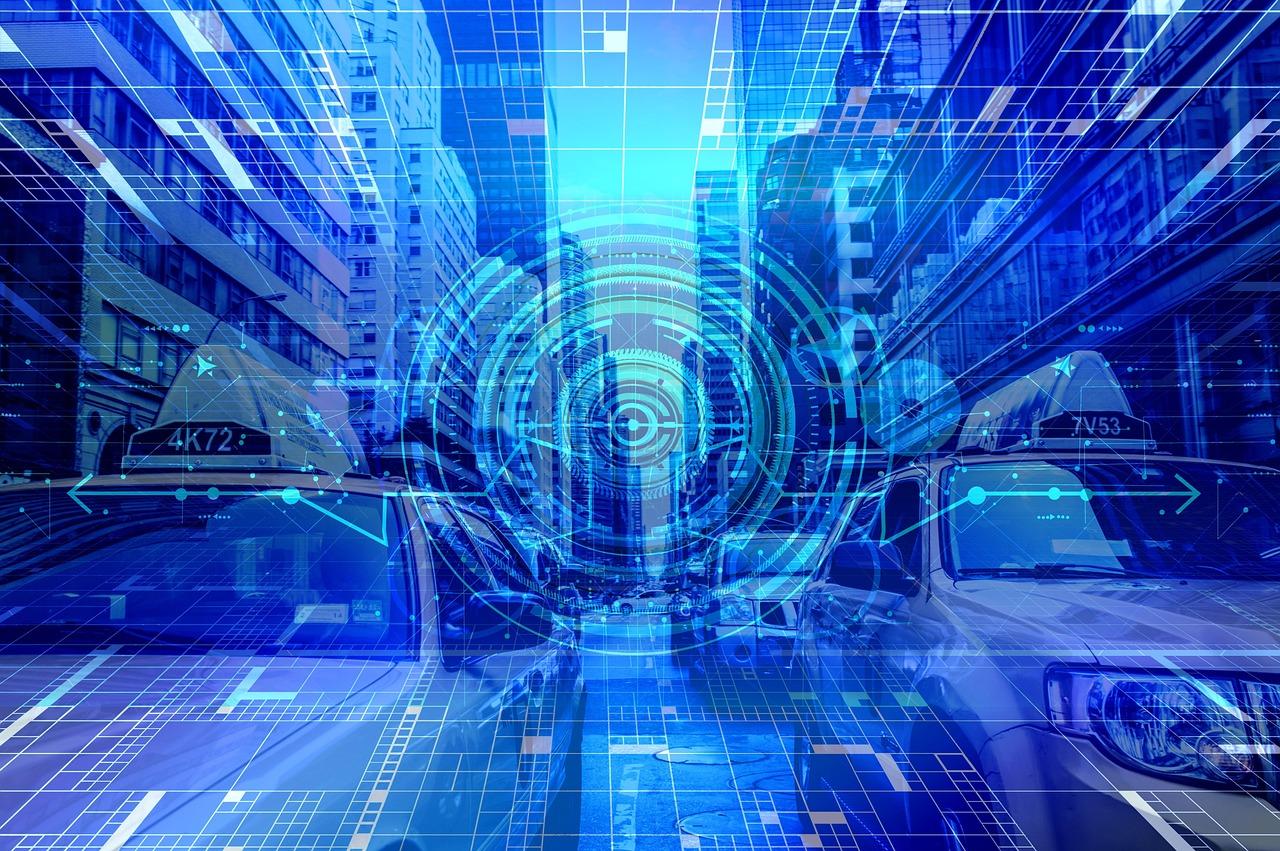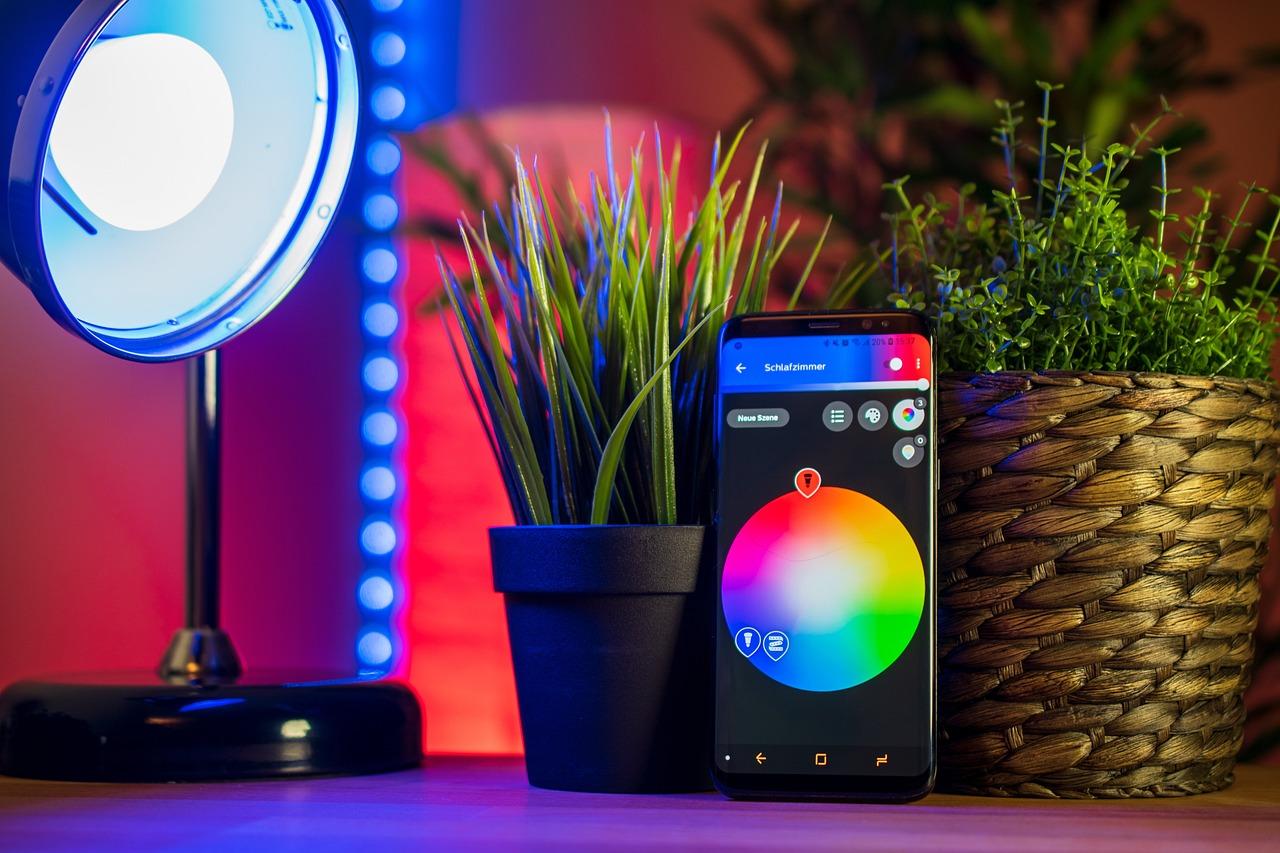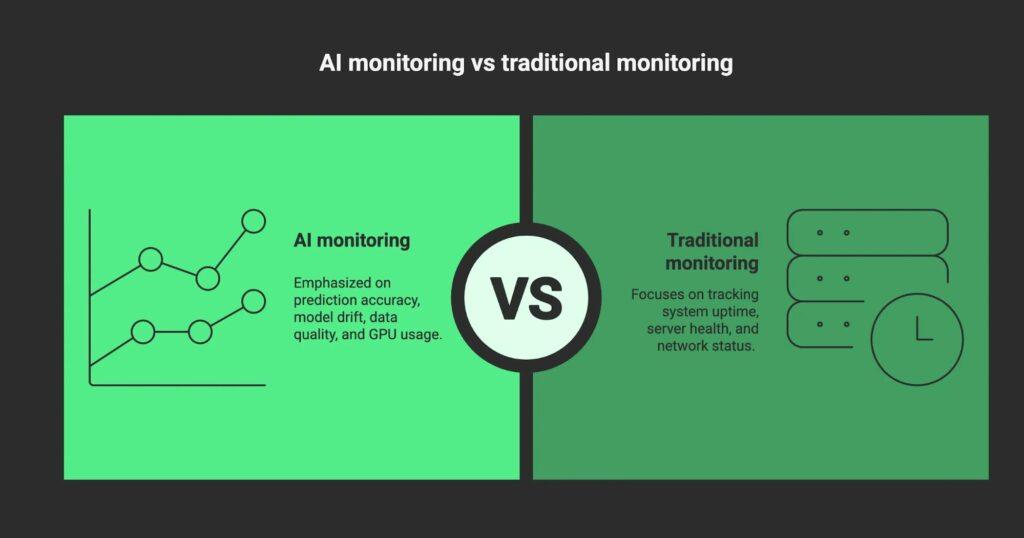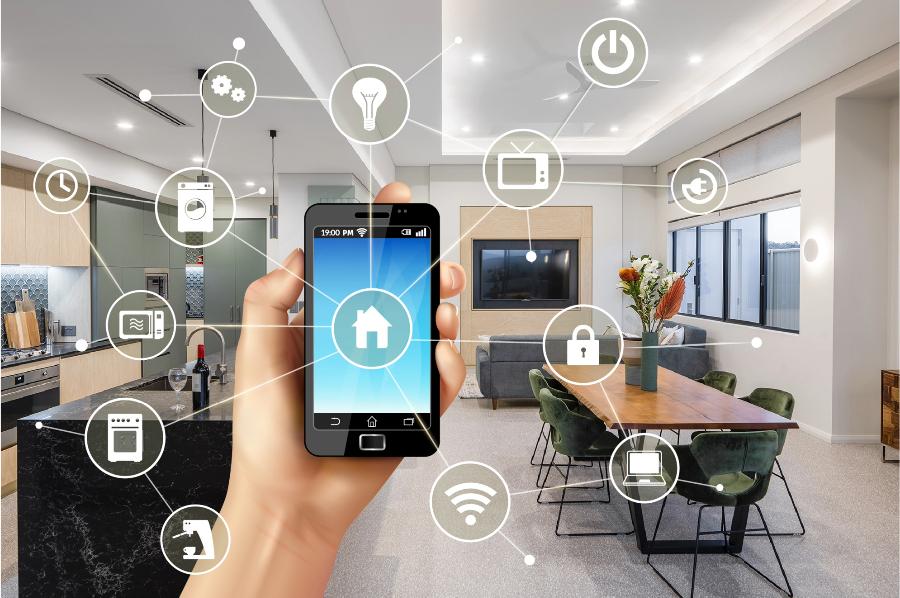in an era where technology seamlessly intertwines with our daily lives, the concept of the smart home has transitioned from a futuristic dream to a present-day reality. As our homes evolve into sophisticated ecosystems equipped with intelligent devices, artificial intelligence (AI) emerges as the driving force behind this change. By enhancing connectivity, optimizing energy consumption, and personalizing user experiences, AI is reshaping how we interact with our living spaces. In this article, we will explore four key breakthroughs that illustrate how AI is revolutionizing smart homes, paving the way for more intuitive, efficient, and responsive environments tailored to our needs. Join us as we delve into the innovations that are not only changing the way we live but also redefining the very essence of home itself.
Harnessing Intelligent Automation for Seamless Living
As we continue to integrate technology into our daily lives, intelligent automation is emerging as a cornerstone of modern living. The incorporation of AI into smart home devices not only enhances convenience but also brings an unprecedented level of customization and efficiency. With these technologies, users can create personalized environments that adapt to their preferences and routines, significantly simplifying day-to-day tasks.
Among the moast notable advancements in this realm is the rise of AI-driven predictive analytics. By learning from homeowners’ habits, smart systems can anticipate their needs, adjusting energy use, lighting, and security settings automatically. This application not only provides comfort but also leads to savings in energy costs, demonstrating that smart living doesn’t have to mean increased expenses. Key features include:
- Automated Climate Control: Adjusts heating and cooling based on predicted occupancy.
- Smart lighting: Creates ambiance by changing color temperatures based on time of day.
- Security Alerts: Notifies homeowners of unusual activity through connected cameras.
Another groundbreaking innovation is the integration of voice control across smart devices. Voice-responsive technology has revolutionized the way we interact with our living spaces, allowing for hands-free control. Users can issue commands to manage everything from entertainment systems to kitchen appliances, fostering a seamless experience. Some essential aspects of this feature include:
| Voice Control Features | Benefits |
|---|---|
| Multi-device Coordination | Simplifies management of various devices. |
| Accessibility Options | Enhances usability for individuals with mobility challenges. |
| Customizable Commands | Allows for the creation of tailored routines. |
Lastly,inter-device communication has seen remarkable improvements,enabling different devices to work in harmony. Smart home systems now communicate with each other, allowing for complex automation sequences that adjust the environment based on contextual inputs. For instance,your security system can alert your thermostat to lower the temperature as you prepare to leave home,ensuring both safety and comfort without additional user input.

Empowering energy Efficiency through Smart Technologies
In the realm of modern living, integrating smart technologies with energy efficiency is transforming how we interact with our homes. Artificial Intelligence (AI) is at the forefront of this evolution, driving innovation that not only enhances comfort but also significantly reduces energy consumption. Through smart thermostats, AI algorithms learn user behavior patterns, optimally adjusting heating and cooling systems to minimize waste while maintaining an ideal climate. This intelligent approach leads to remarkable reductions in utility bills, exemplifying the union of convenience and sustainability.
Machine learning capabilities have enabled smart appliances to operate at peak efficiency by analyzing usage data and optimizing performance in real-time. As a notable example, smart refrigerators monitor food inventories and suggest recipes based on available ingredients, reducing food waste and the need for additional energy-consuming purchases. Similarly, smart lighting systems utilize AI to adapt brightness according to natural light levels, ensuring that energy is used only when necessary.This adaptive technology not only conserves energy but also contributes to a more tailored living environment.
Moreover, the integration of AI with home energy management systems is paving the way for a more sustainable future. By utilizing predictive analytics, these systems can forecast energy demand and suggest optimal energy usage times, further promoting efficiency. The table below highlights a comparison of customary energy systems versus AI-enhanced systems:
| Feature | Traditional Systems | AI-Enhanced Systems |
|---|---|---|
| Energy Consumption | Static schedules | Dynamic optimization |
| Adaptability | Manual adjustments | Self-learning algorithms |
| user Interaction | Limited feedback | Personalized insights |
| Cost Savings | Variable efficiency | Consistent savings |

Enhancing Security with Advanced AI Monitoring Systems
In the ever-evolving landscape of smart home technology, advanced AI monitoring systems stand out as a game-changer for enhancing security. These systems leverage sophisticated algorithms and machine learning techniques to process vast amounts of data from various sources, ensuring a robust security framework that adapts to the unique dynamics of each household. From identifying unusual patterns in activity to recognizing faces through video feeds, AI monitoring systems help homeowners to stay one step ahead of potential threats.
One of the most compelling features of AI-driven security solutions is their ability to provide real-time alerts. When an anomaly is detected—such as an unauthorized entry or suspicious movement—immediate notifications are sent to the homeowner’s device, allowing for prompt action. This proactive approach not only mitigates risk but also offers peace of mind, knowing that your home is under constant, intelligent surveillance. additionally, these systems are often compatible with other smart home devices, creating a unified security network that enhances overall operations.
Integrating advanced AI monitoring systems can also lead to smarter energy management. Homes equipped with these systems can analyze usage patterns of security devices and optimize their energy consumption. As an inevitable result, this not only increases efficiency but also reduces operational costs. Here’s a simple comparison of traditional security systems versus AI monitoring systems:
| Feature | Traditional Security Systems | AI Monitoring Systems |
|---|---|---|
| Real-time Alerts | Limited | Instant notifications |
| Pattern Recognition | Basic | Adaptive learning |
| Integration with Smart Devices | Minimal | Full compatibility |
| Energy Management | Static | Dynamic optimization |

Creating Personalized Environments for Comfort and Convenience
Imagine stepping into your home and having it adjust to your preferences without a single command. With AI technology at the helm, creating personalized environments tailored to individual needs is becoming a reality. Smart thermostats learn your temperature preferences throughout the day, automatically adjusting to ensure that your always pleasant. Imagine coming home from work on a chilly evening and finding your living room at the perfect warmth,ready to welcome you in.
Lighting is another area dramatically transformed by AI. Gone are the days of manually fiddling with switches or dimmers. Advanced systems can now study patterns in your daily routine, adjusting the brightness and hues based on the time of day or your mood. Incorporating voice-activated systems allows users to set the ambiance effortlessly with commands like “dim the lights” or “turn on the evening glow,” creating a soothing environment for relaxation or an energetic setting for social gatherings.
| Feature | AI Capability | Benefit |
|---|---|---|
| Smart Thermostat | Learns user preferences | Optimal comfort |
| Adaptive Lighting | Adjusts based on routine | Create perfect ambiance |
| Automated Blinds | Responds to sunlight | enhanced energy efficiency |
| Voice Control | Natural language processing | Seamless convenience |
Q&A
Q&A: how AI Is Revolutionizing Smart homes: 4 Key breakthroughs
Q1: What are the five key breakthroughs in AI that’s shaping the future of smart homes?
A: The four key breakthroughs include advanced voice recognition systems,intuitive home automation,predictive energy management,and enhanced security features. These innovations allow smart homes to be more responsive, energy-efficient, and secure, tailoring the living experience to the user’s preferences while ensuring convenience.
Q2: How has advanced voice recognition technology changed the way we interact with smart homes?
A: Advanced voice recognition has transformed user interaction by allowing natural language commands and works more accurately in noisy environments. It enables seamless control of devices, from lights to appliances, creating a fluid and intuitive ecosystem where users can communicate with their home just as they would with another person.
Q3: In what ways can AI improve energy management in smart homes?
A: AI enhances energy management by analyzing usage patterns and optimizing consumption. It can learn when occupants are home or away, adjusting heating, cooling, and lighting systems accordingly. This not only reduces energy bills but also lowers the home’s carbon footprint, making it more environmentally friendly.
Q4: How do AI-driven security features contribute to home safety?
A: AI-driven security features use machine learning algorithms to detect unusual behavior and potential threats in real-time. They can distinguish between regular activities and anomalies, alerting homeowners to suspicious events. Moreover, smart cameras and doorbells can use facial recognition technology to identify visitors, providing an additional layer of security.
Q5: Are there any potential challenges that come with integrating AI into smart homes?
A: Yes, while AI brings many advancements, there are challenges such as privacy concerns and cybersecurity risks. The more connected our devices are, the more susceptible they may be to hacking. Moreover, data collection raises questions about how information is used and who has access to it. Ensuring robust security measures and clear data policies is essential.
Q6: What does the future hold for AI in smart homes?
A: The future promises even more integrations and innovations. Expect advancements in AI that offer greater personalization, with homes learning and adapting to individual preferences. Additionally, as AI becomes more sophisticated, we may see enhanced interoperability between different devices, with seamless communication across various platforms, creating truly intelligent living environments.
Q7: How can homeowners get started with incorporating AI into their smart home setups?
A: Homeowners can begin by investing in a central smart home hub that supports various devices and protocols. From there, they can gradually add AI-powered devices like smart speakers, security cameras, and energy management systems. Starting small allows users to familiarize themselves with the technology and gradually enhance their smart home experience.
The Way Forward
As we stand on the brink of a new era in smart home technology, the profound impact of artificial intelligence is becoming increasingly evident. From intuitive automation that learns our preferences to advanced security systems that offer peace of mind, the breakthroughs we’ve explored are not just enhancing convenience—they are reshaping our daily lives. As AI continues to evolve, so too will its integration into our homes, allowing us to enjoy a seamless blend of comfort, efficiency, and safety. Embracing these advancements not only empowers us as homeowners but also invites us to envision a future where our living spaces are smarter, more responsive, and uniquely attuned to our needs. The journey into the world of AI-driven smart homes has only just begun, and its possibilities are limited only by our imagination. So, as we turn our gaze forward, let us remain curious, informed, and excited about the innovations that await just around the corner.
